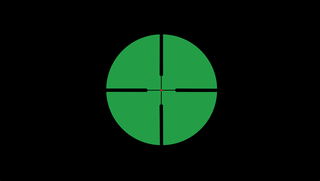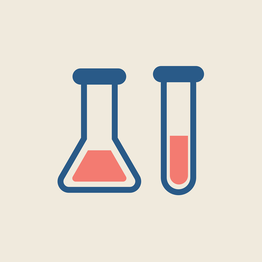How to make sure electronics are RoHS compliant products in every country?
First of all, we must find out what are the impacted markets. Then, we need to understand the RoHS differences from one country to another. Let’s do it!
How to make sure electronics are RoHS compliant products in every country?
First of all, we must find out what are the impacted markets. Then, we need to understand the RoHS differences from one country to another. Let’s do it!
Restrictions of hazardous substances (RoHS) apply to electrical and electronic products. The European Union launched the first RoHS directive in 2002. Since then, RoHS regulations have been evolving and are impacting a growing number of jurisdictions. Here are some examples:

Here are six takeaways when you monitor the RoHS obligations of your products.

First, the scope of covered products varies from one jurisdiction to another. For instance:
Consequently, producers must confirm whether their manufactured products fall in the different RoHS scopes.
Secondly, the basic restricted substance categories under RoHS are the six following ones:

These four heavy metals and their compounds:
And two brominated families:
Additionally, some of the most influential markets also restrict these four phthalates in many product categories :
Generally speaking, the accepted thresholds are 0.1% for all the above substances, barring cadmium at 0.01%, at the homogeneous material level.
In essence, a RoHS assessment can follow two assessment approaches that complement each other:


Leading markets like the European Union recommend Standard IEC 63000 for complex products. However, other jurisdictions like the United Arab Emirates also authorize analytical testing under certain conditions.
Manufacturers and importers of electrical and electronic equipment must either:

Some countries, such as Turkey, also require producers to issue their RoHS Declarations of Conformity (DoC) to governmental agencies.
Various logos encompass the RoHS requirements. Some examples of these might be:
Other markets don’t have any official RoHS marking at all.
In short, new restricted substances or new exemptions regularly amend RoHS regulations. Every year, more markets adopt RoHS regulations.
Register for our online course on RoHS! Subscribe to the Enviropass Youtube channel, follow us on LinkedIn and subscribe to our free newsletter to keep abreast of the RoHS news.